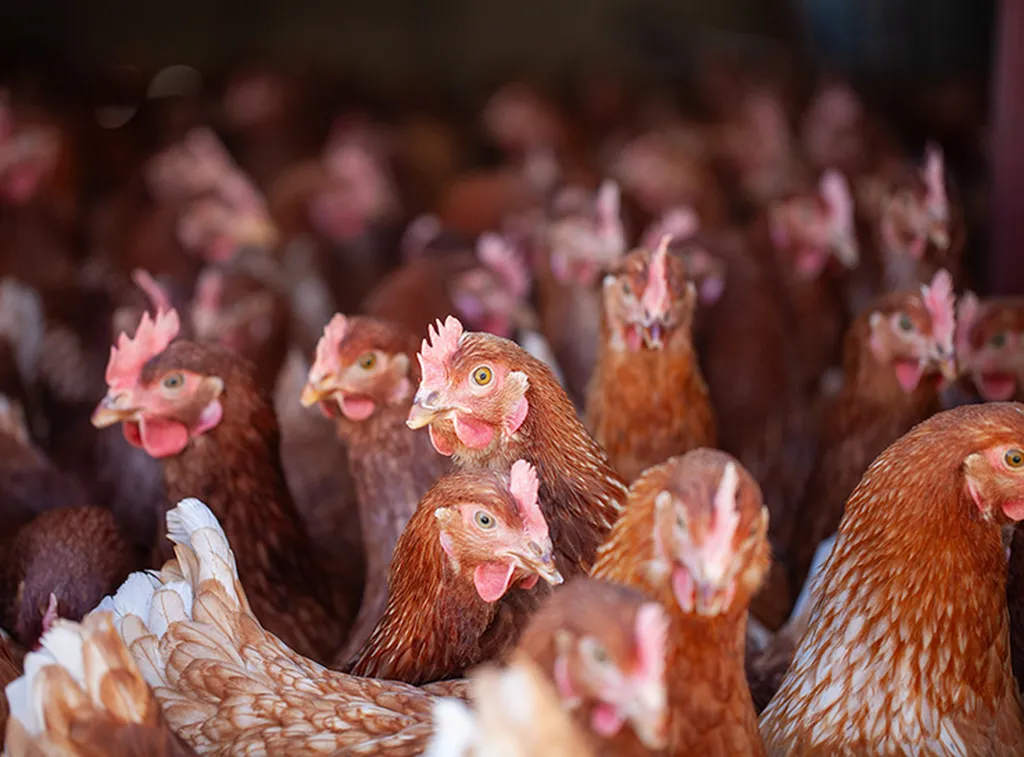In the ever-evolving world of precision agriculture, a recent study published in *Poultry Science* has shed new light on the intricate relationship between light spectrum and broiler breeder performance. The research, led by Kayo Takeshima from the Department of Animal Biosciences at the University of Guelph, Canada, explores how different light strategies impact the growth and reproductive performance of broiler breeders, with significant implications for commercial poultry farming.
The study focused on the use of a precision feeding system that allocates feed to birds on an individual basis using real-time body weight (BW) data. This system requires 24-hour access and continuous supplemental lighting to be economically viable. However, the impact of such lighting on the birds’ growth and reproductive performance has been a subject of concern.
The experiment involved a factorial arrangement of treatments, including two rearing daytime LED lights (60% Red and 60% Green), three continuous monochromatic supplemental feeder lights (red, green, and dark), and two adult daytime light treatments (Red and Green). The researchers found that continuous exposure to red supplemental light (sRED) delayed the onset of lay by four weeks, significantly decreasing cumulative egg production compared to green and dark supplemental lights.
“Continuous exposure to red light delayed the onset of lay and decreased egg production,” Takeshima explained. “This suggests that red light acts independently of the retina and pineal gland, likely mediated through deep brain photoreceptors.”
The study also revealed that the increase in estradiol, a hormone associated with sexual maturation, was delayed under red light. This indicates that the energy typically diverted to reproductive processes was instead channeled into growth, resulting in elevated body weight.
One of the most intriguing findings was that the circadian rhythm of the birds was maintained under all supplemental light treatments. However, green light showed higher nocturnal melatonin levels compared to the dark treatment, suggesting a potential advantage for using green light in precision feeding systems.
The commercial implications of this research are substantial. The use of continuous red supplemental light is strongly discouraged due to its negative impact on reproductive performance. On the other hand, green light appears to be an acceptable alternative, offering a viable solution for precision feeding systems in the poultry industry.
As the agriculture sector continues to embrace smart farming technologies, this study provides valuable insights into the optimization of light spectrum for broiler breeder management. The findings could pave the way for more efficient and sustainable practices in precision livestock farming, ultimately benefiting both producers and consumers.
In the words of Takeshima, “This research highlights the importance of understanding the physiological responses of animals to different light spectra. It opens up new avenues for improving animal welfare and productivity in commercial settings.”
As the industry moves forward, the integration of such scientific findings into practical applications will be crucial. The study not only advances our knowledge of broiler breeder management but also underscores the potential of smart agriculture in shaping the future of livestock farming.

